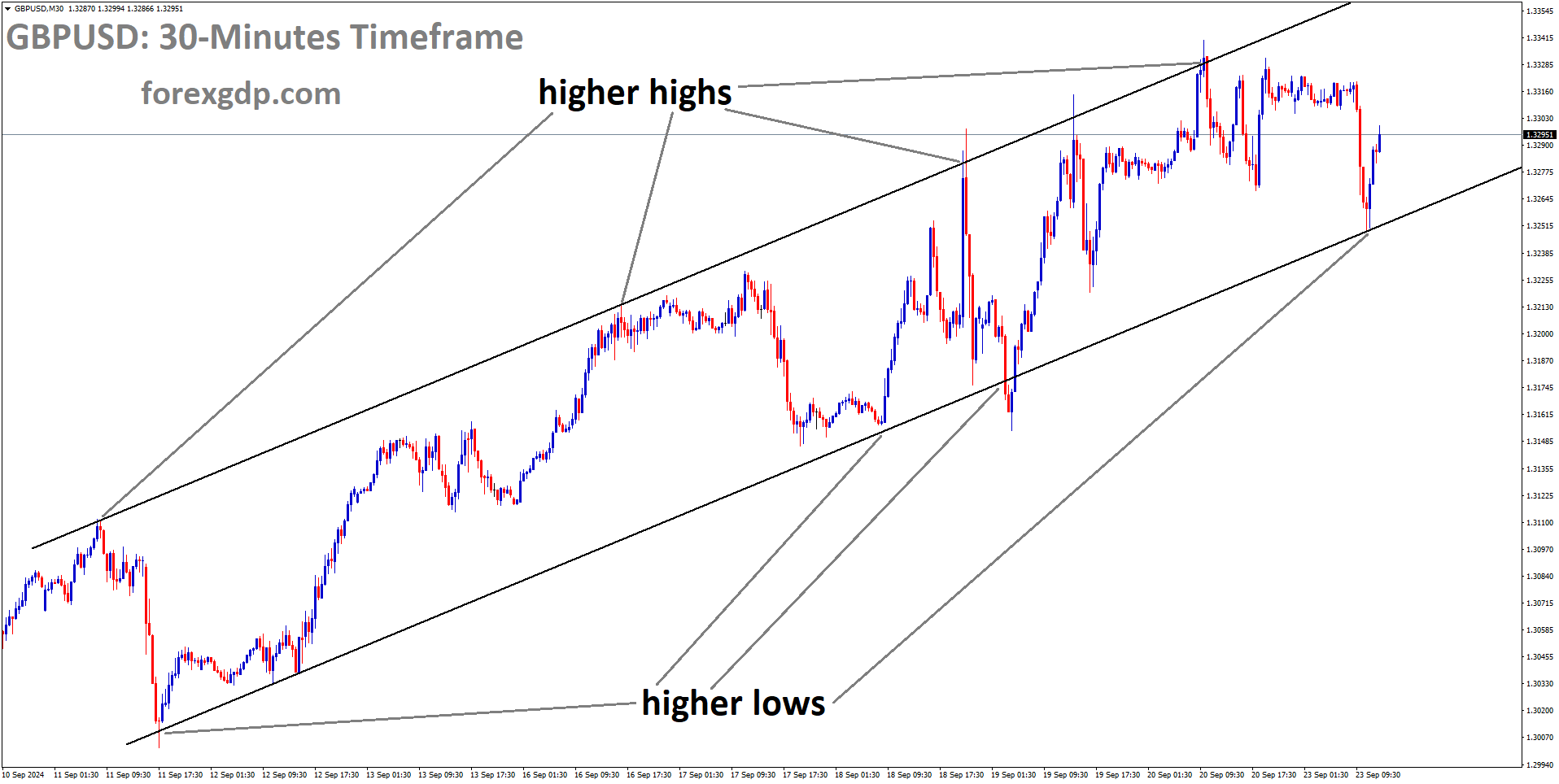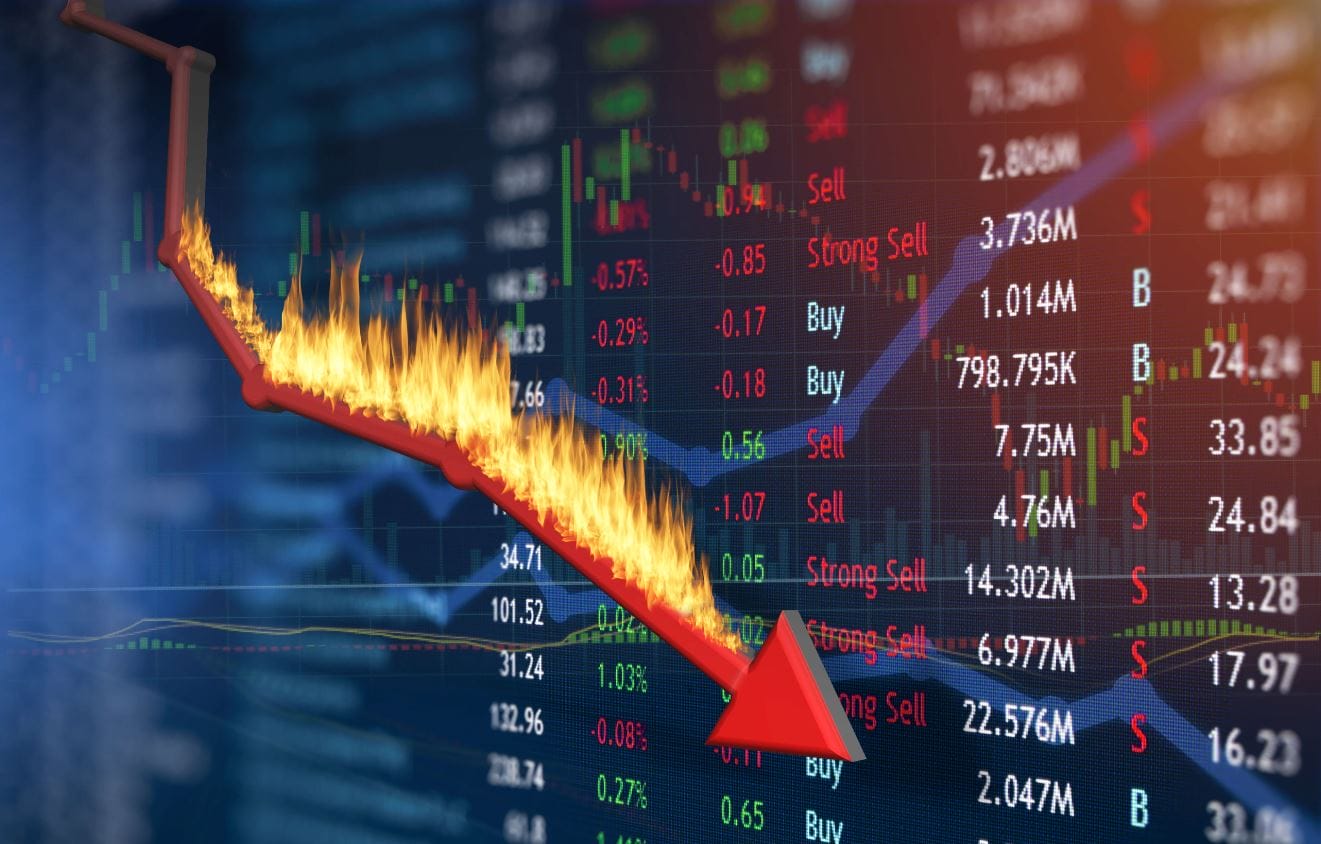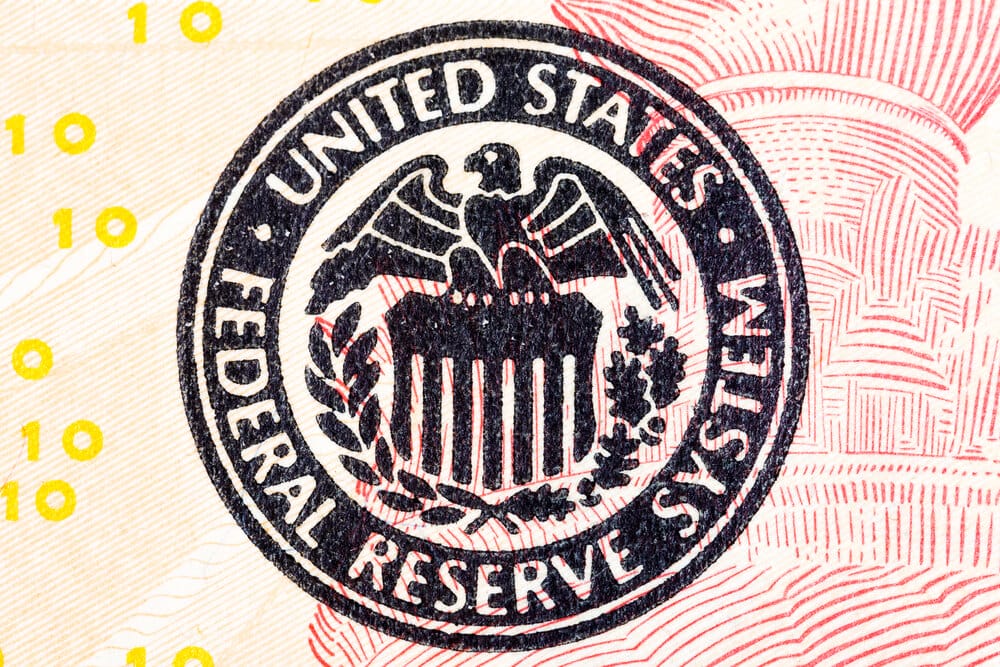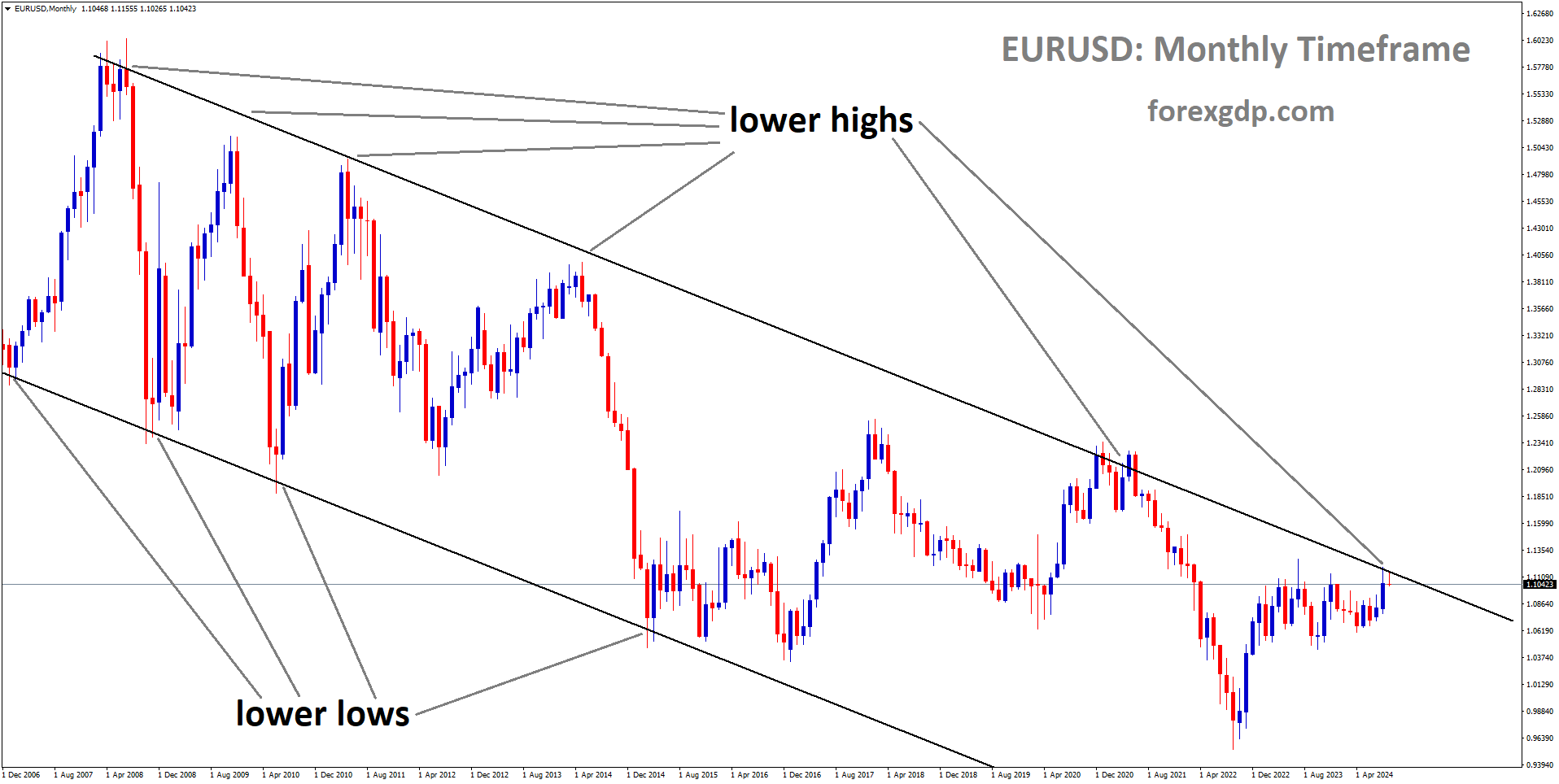GBPUSD is moving in an Ascending channel, and the market has rebounded from the higher low area of the channel
#GBPUSD Analysis Video
The Pound Sterling Drops as UK PMI Data Disappoints: What Does It Mean for Traders?
The Pound Sterling has taken a sharp hit, leaving traders and investors on edge. If you’ve been keeping an eye on the markets, you’ll know that the preliminary UK S&P Global Purchasing Managers’ Index (PMI) came in lower than expected, and it’s shaken things up. So, what exactly does this mean for the British currency? Let’s dig into the details in a simple, conversational way, breaking down what’s going on, why it matters, and what might be coming next.
A Look at the Latest UK PMI Data
The UK Purchasing Managers’ Index (PMI) is like a health check for the economy. It measures the activity in both the manufacturing and service sectors, two big pieces of the puzzle that keep the UK economy moving. But when the PMI drops lower than expected, it’s like getting a test result that says, “Things are slowing down.”
In September, the UK Composite PMI landed at 52.9, a dip from the 53.8 recorded in August. While a figure above 50 suggests growth, this lower number signals that the economy isn’t growing as fast as it was the month before. Both the manufacturing and service sectors declined more than economists had hoped.
This weaker-than-expected PMI data caused an immediate reaction in the market, as traders started reassessing their expectations for the Pound Sterling.

But here’s the thing: even though the number wasn’t great, the experts are still cautiously optimistic. Chris Williamson, the Chief Business Economist at S&P Global Market Intelligence, pointed out that the slower growth shouldn’t be too alarming. He mentioned that the data still aligns with the Bank of England’s (BoE) forecast for modest growth in the third quarter of the year.
Why Did the Pound Drop, and What’s Next for the BoE?
The Pound Sterling’s drop wasn’t just about the PMI data. There’s a bigger story here—one that involves interest rates and the decisions made by the Bank of England (BoE).
Interest Rate Decisions: What’s the BoE Up To?
Lately, all eyes have been on the BoE and its approach to interest rates. After all, interest rate changes can make a big difference to a currency’s value. The BoE has been carefully tweaking rates to keep inflation in check and support economic growth. But when the PMI data came in weak, it fueled expectations that the BoE might cut rates again.
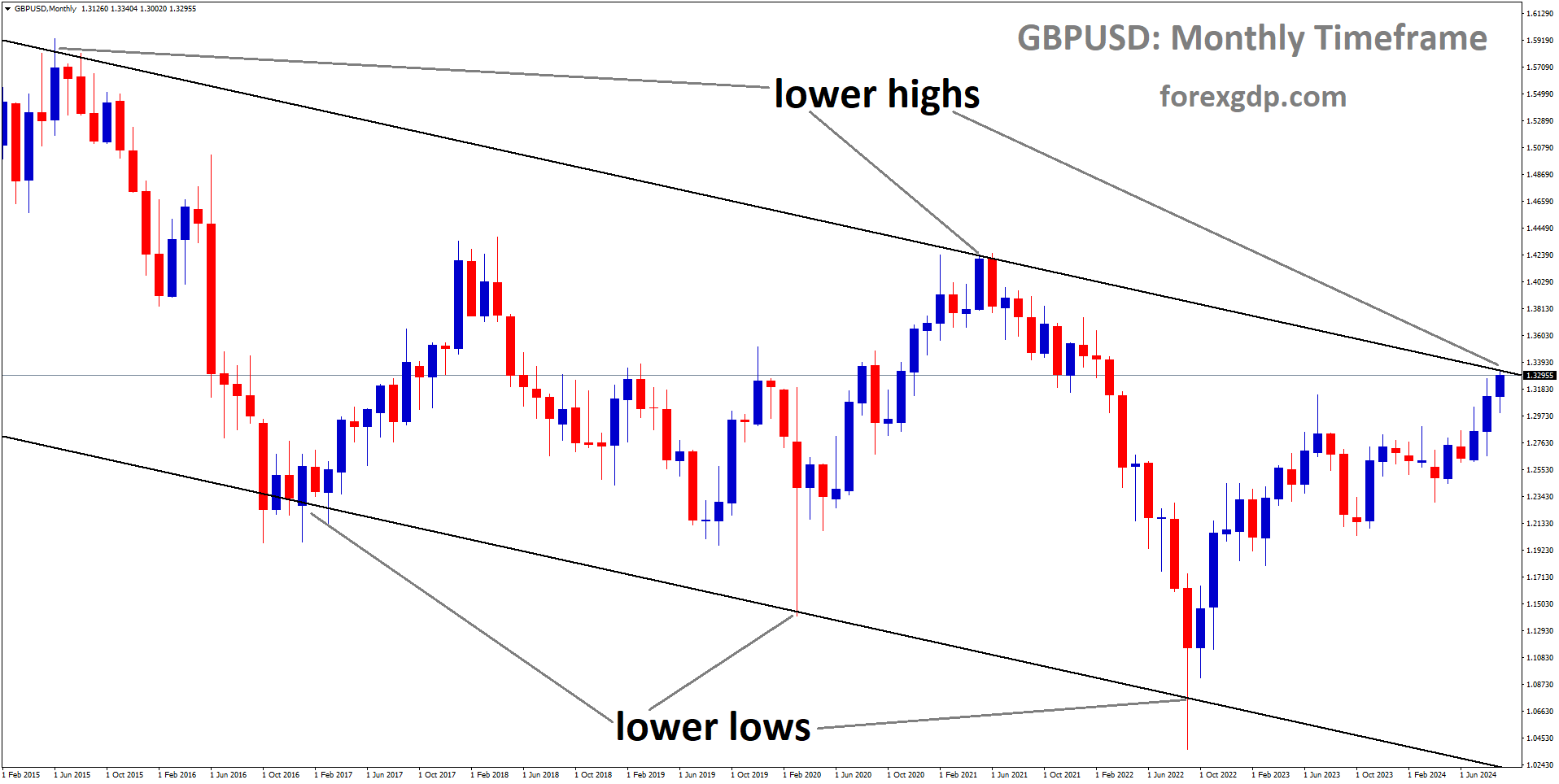
GBPUSD is moving in a descending channel, and the market has reached the lower high area of the channel
In its last meeting, the BoE kept rates steady at 5%, which surprised some traders who expected more cuts. With only two more monetary policy meetings left this year, market players are betting that there’s just one more rate cut coming before the end of 2024.
So, what does that mean for the Pound? In short, when traders think rates are going to be cut, the currency tends to weaken because lower interest rates make a country’s assets less attractive to foreign investors.
The US Dollar’s Bounce Back: How It Impacted the Pound
As if the PMI data wasn’t enough, the Pound Sterling also had to contend with a stronger US Dollar (USD). After all, currencies don’t move in isolation. When one goes up, another tends to go down.
Why Did the Dollar Strengthen?
The US Dollar has been riding high on a wave of cautious market sentiment. In times of economic uncertainty, investors often turn to the US Dollar because it’s seen as a safer bet. This is exactly what we saw when the PMI data shook up the market mood.
The US Dollar Index (DXY), which measures the value of the Greenback against a basket of major currencies, saw a nice uptick. The Dollar also got a boost from growing expectations that the Federal Reserve (Fed) might cut interest rates again soon.
Fed Rate Expectations: What Are Investors Thinking?
In the United States, the conversation around interest rates is also heating up. Investors are paying close attention to the Federal Reserve and its next move. The Fed has already cut rates this year, but there’s growing speculation that they might do it again, especially if the labor market shows signs of weakness.
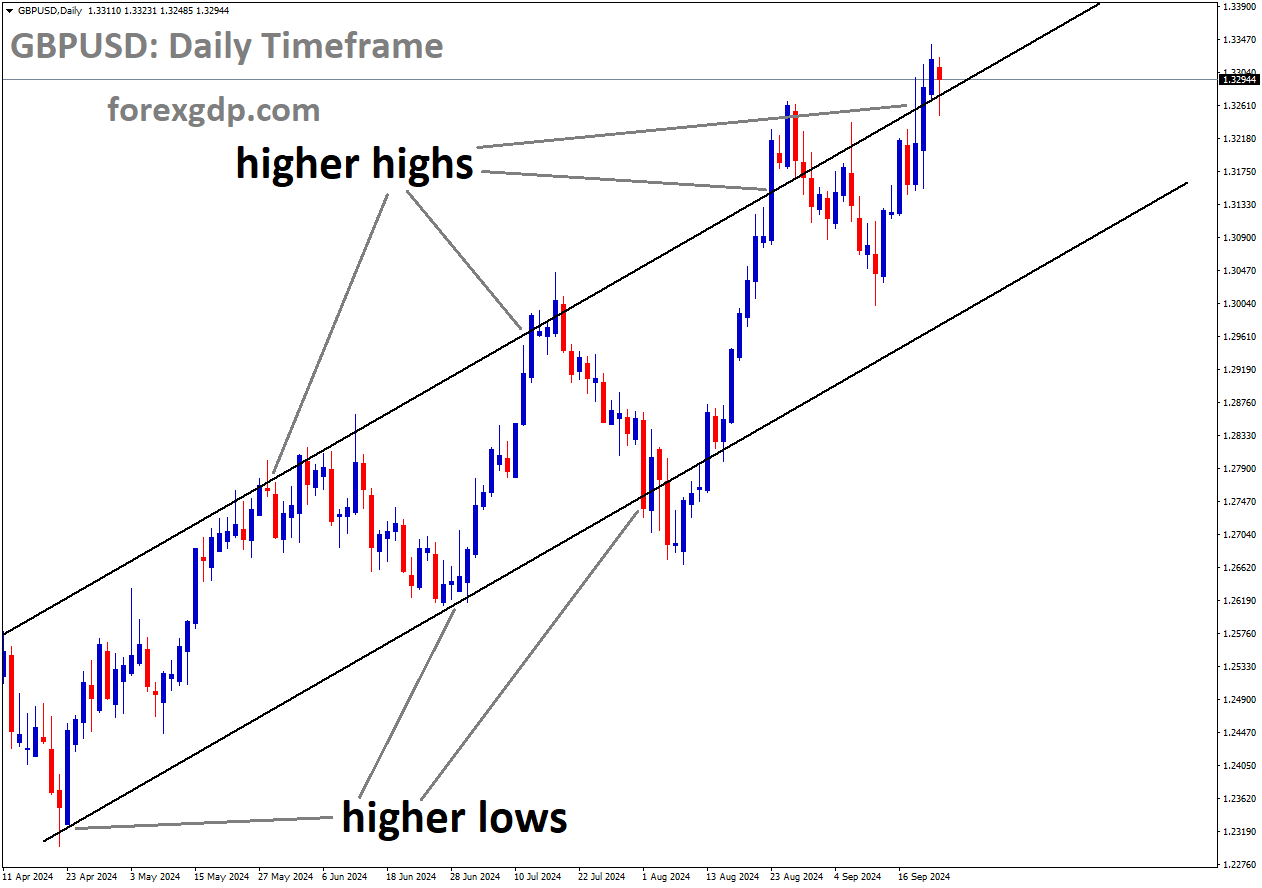
GBPUSD is moving in an Ascending channel, and the market has reached the higher high area of the channel
According to some market tools, like the CME FedWatch, there’s now a decent chance that the Fed will lower rates by another 50 basis points in November. That’s quite a significant move, and it’s one of the reasons the US Dollar has been strengthening.
How Do These Factors Affect the Pound’s Future?
So, with the Pound under pressure from weaker economic data and a stronger US Dollar, what’s next for the British currency? It all depends on how a few key factors play out over the coming months:
Bank of England’s Decisions: To Cut or Not to Cut?
The big question hanging over the Pound right now is whether the BoE will follow through with more rate cuts. If they do, it could lead to further weakness in the Pound as traders adjust their positions based on lower rate expectations.

However, if the BoE holds firm and keeps rates steady, or if economic data improves, we could see the Pound make a bit of a comeback.
US Dollar’s Strength: Can It Keep Climbing?
The US Dollar has been benefiting from its “safe haven” status, especially as uncertainty grows around the global economy. But if the Fed signals that it’s done cutting rates for now, we might see the Dollar’s rally slow down. This could give the Pound some breathing room.
Final Thoughts: What Should Traders Watch For?
If you’re keeping an eye on the Pound Sterling, there’s a lot to consider in the coming weeks and months. The market is driven by both economic data and expectations for future policy decisions from the Bank of England and the Federal Reserve.
For now, the weaker-than-expected UK PMI data and stronger US Dollar have put pressure on the Pound, but things could change quickly as new information comes to light. Keep an eye on economic reports, especially anything related to inflation, employment, and consumer spending. And of course, the decisions from central banks will play a major role in shaping the currency landscape.
Don’t trade all the time, trade forex only at the confirmed trade setups
Get more confirmed trade signals at premium or supreme – Click here to get more signals , 2200%, 800% growth in Real Live USD trading account of our users – click here to see , or If you want to get FREE Trial signals, You can Join FREE Signals Now!

